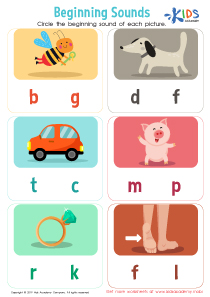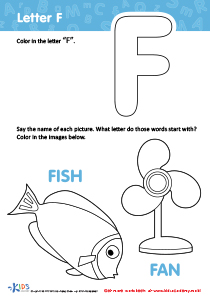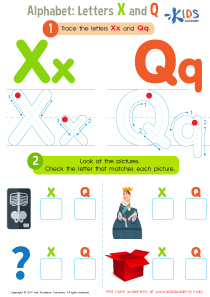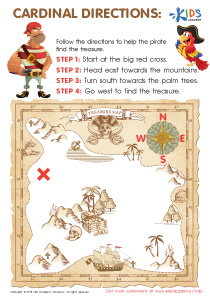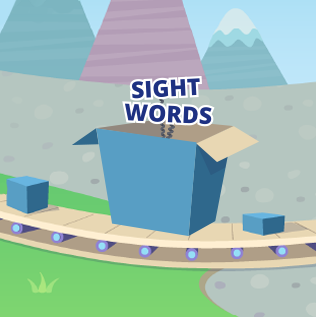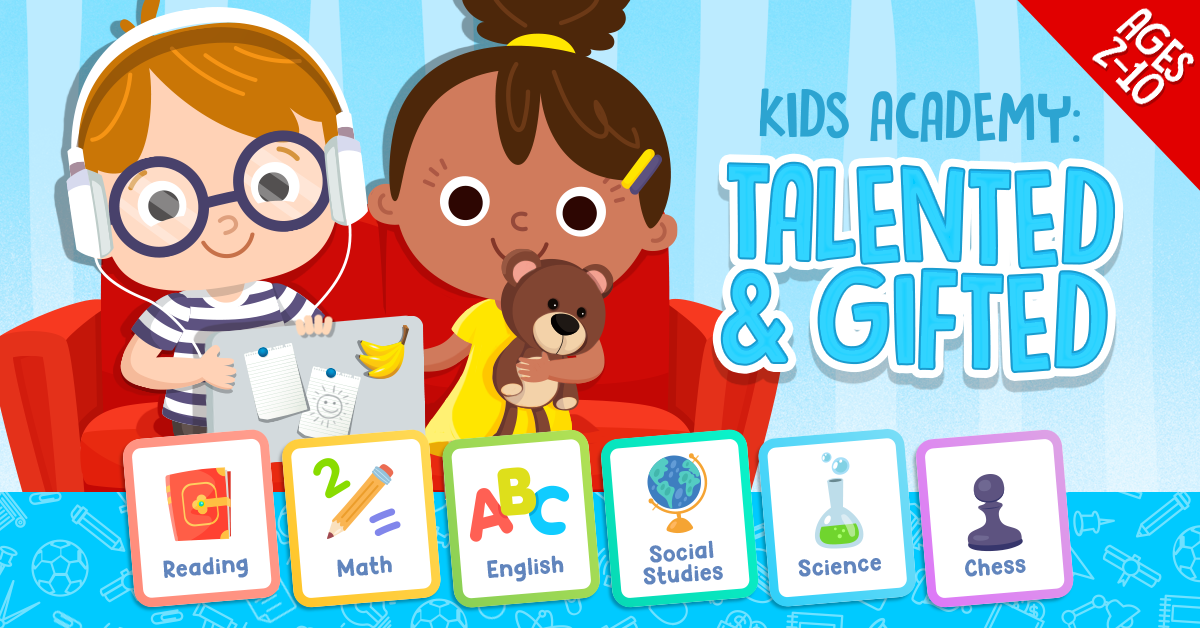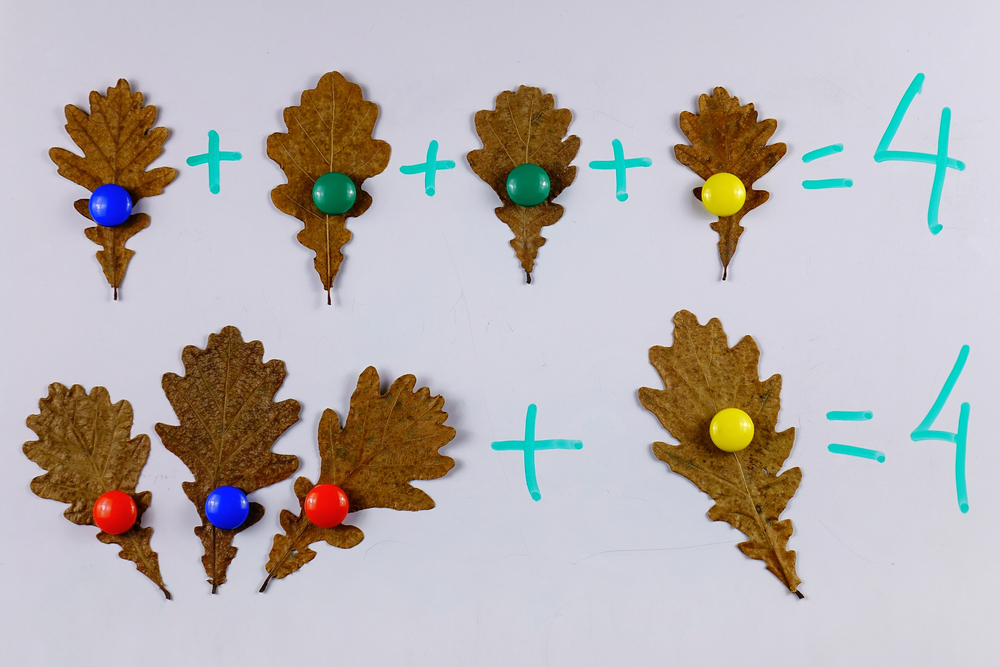English Language Arts Lessons | Word Relationships and Nuances, Grade 3
3 results
Our Word Relationships and Nuances Lessons for Grade 3 children are designed to develop their understanding of the complexities of language. With interactive worksheets and engaging educational videos, these lessons help children to understand the many relationships and nuances that exist between words in written and spoken language. With the help of our carefully curated curriculum, children will learn to identify synonyms, antonyms, and shades of meaning in different contexts. Assessment quizzes at the end of each lesson ensure that children have a clear understanding of the concepts covered. Give your child the gift of language with our Word Relationships and Nuances Lessons.
In today's digital age, students are exposed to a wealth of information every day. However, understanding and interpreting the meaning of various words can pose a significant challenge for students. This is where our lessons on Word relationships and nuances can be extremely helpful to children in Grade 3.
Our lessons on Word relationships and nuances are designed to teach students how words relate to each other in different ways, and how small variations in meaning can affect a word's overall definition. The lessons consist of interactive worksheets and sometimes also educational videos and assessment quizzes, which make the learning process fun and engaging.
One way that these lessons can help children in their studies is by improving their reading comprehension skills. By understanding the relationships between words, students are able to better understand the meaning of a text and identify its main ideas. By learning the nuances of words, students can also develop a greater appreciation for the complexity of language, which will help them become more effective communicators in both written and verbal forms.
In addition to improving reading comprehension skills, our lessons on Word relationships and nuances can also help students excel in other academic areas, such as writing and language arts. For example, by learning how to use synonyms and antonyms effectively, students can enhance their vocabulary and express themselves more clearly in their writing. By understanding the subtle differences between commonly confused words, such as 'accept' and 'except', students can avoid common grammatical errors that can detract from the overall quality of their work.
Moreover, our lessons on Word relationships and nuances can also be beneficial in other areas of life. As students grow and develop, they will be faced with numerous challenges that require critical thinking and problem-solving skills. By developing a strong understanding of language and word relationships, students will be better equipped to solve complex problems and approach new challenges with confidence.
In conclusion, our lessons on Word relationships and nuances offer a number of benefits to children in Grade 3, both in their academic and personal lives. Through interactive worksheets, videos, and assessments, students will learn how to recognize patterns and relationships between words, as well as how to identify subtle differences in meaning. By developing these skills, students can improve their reading comprehension, writing and communication skills, and become more effective problem solvers, setting them up for success in all areas of their life.

